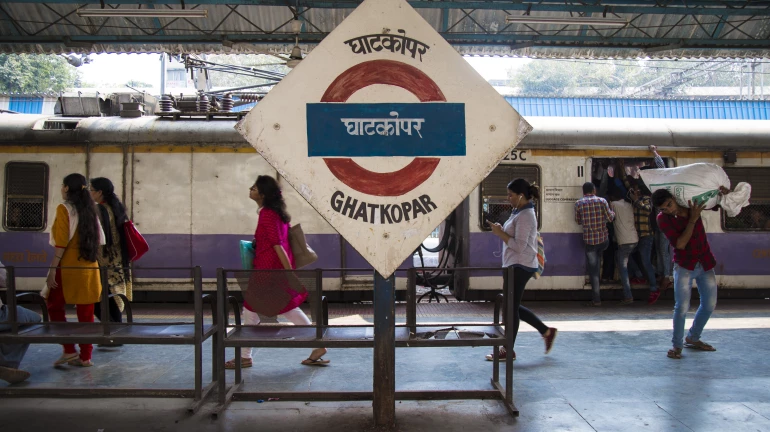
A major augmentation of Mumbai’s eastern water grid is being undertaken through the construction of a subsurface tunnel between the Powai reservoir and Ghatkopar. The initiative has been framed as a reliability upgrade for L and N wards, where densely populated pockets have long depended on an aging surface pipeline network. Under the plan, a new conduit has been designed to channel water directly to both the high-level and low-level reservoirs at Ghatkopar so that additional volume can be introduced into the system and pressure management can be improved.
The project was initiated in 2023 by the civic administration’s Water Supply Projects department, and delivery is being carried out through Patel Engineering as the appointed contractor. TBM technology was selected so that significant road-level disturbance could be avoided along the crowded alignment. By using mechanized boring, it has been intended that construction activities remain largely underground while routine life and traffic above are protected from extensive disruption.
A total length of 4.4 km has been planned for the tunnel, within which a 2.7 km stretch has been executed by TBM. The drive has been positioned at a depth of roughly 60 metres to maintain clearance beneath utilities and foundations. A circular profile with an external diameter of 2.80 metres and a finished diameter of 2.20 metres has been adopted. Two principal reaches have been incorporated into the design: approximately 2.045 km from Powai to the Ghatkopar high-level reservoir, followed by about 0.74 km from the high-level to the low-level reservoir. A start near Powai Gardens has been used to orient the alignment.
Progress milestones have been reported, including the TBM breakthrough recorded in July. Following that event, reinforcement activities and RCC lining works have been advanced to stabilize and finish the excavated sections. A completion target of March 1, 2027 has been communicated, and costs have been placed at approximately ₹515.16 crore for the entire scope. Through these steps, commissioning is being prepared so that additional capacity can be introduced when the link is brought online.
The intended benefits have been articulated by civic officials in terms of service reliability and coverage. It has been stated that flows from both the high-level and low-level Ghatkopar reservoirs will be routed through the new tunnel once commissioning is achieved. As a consequence, reservoir duty is expected to be raised and distribution is expected to be “boosted and improved” across L ward, including Kurla, and N ward, spanning Ghatkopar and parts of Vikhroli and Vidyavihar. Through this sub-surface solution, greater equity of supply and a reduction of surface network vulnerabilities are being pursued for the eastern suburbs.





